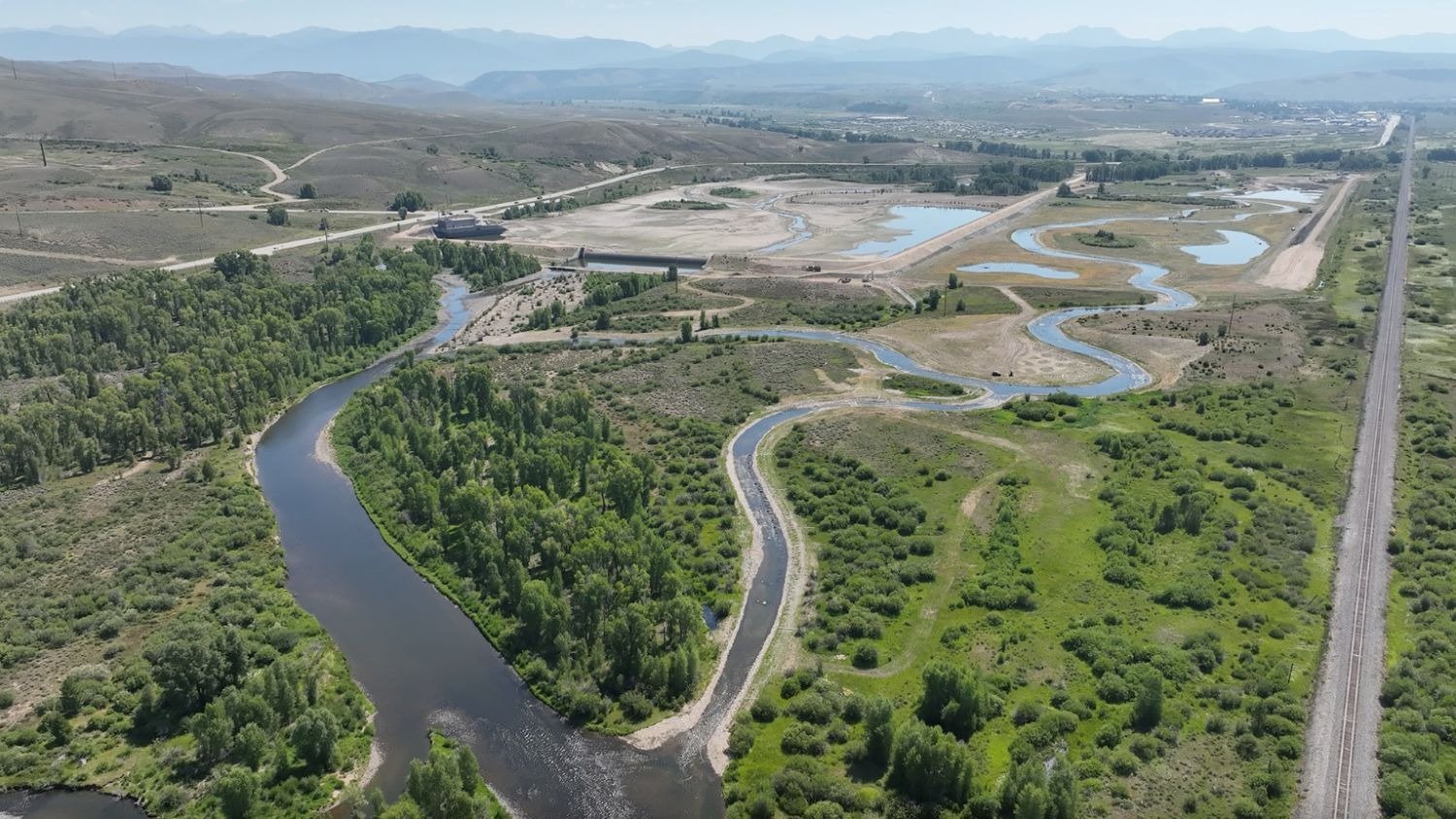Local groups unite to rehabilitate river
Durango Telegraph
by Missy Votel
The Animas River is getting a facelift. This week, the City of Durango was awarded an $86,000 grant from the Colorado Division of Wildlife for habitat improvements and bank stabilization for the stretch of river between 9th Street and the Highway 160 bridge. The project, which is planned for August, is meant to improve fish habitat while restoring riparian areas along the western river bank. With the high flows and increased use of the area in recent years, a number of native cottonwoods and shrubs along the banks have disappeared, leading to further erosion and habitat damage.
“Over the last several years, we’ve lost a lot of our big cottonwoods into the river,” said Ty Churchwell, of the Five Rivers Chapter of Trout Unlimited. “Every time we lose a 150-year-old cottonwood, it takes that long to replace it.”
Churchwell said the trees are important because, in addition to providing bird habitat and cover for fish, their massive root systems help to hold the soil in place. Without them, the bank erodes, causing further undercutting. “The root structure is what keeps the soil from washing away. Every big run-off we have, the problem perpetuates itself.”
Trout Unlimited along with Animas Riverkeepers was instrumental in securing the grant and getting the City of Durango on board with the project. The area to be worked on, which runs adjacent to Roosa Avenue, is city owned, making city cooperation crucial. The west side of the river, versus the east side adjacent to the River Trail and Doubletree, is being pinpointed because that is where the river takes a natural lefthand turn, scouring the west bank especially hard as a result.
http://www.durangotelegraph.com/telegraph.php?inc=/09-03-05/coverstory.htm







